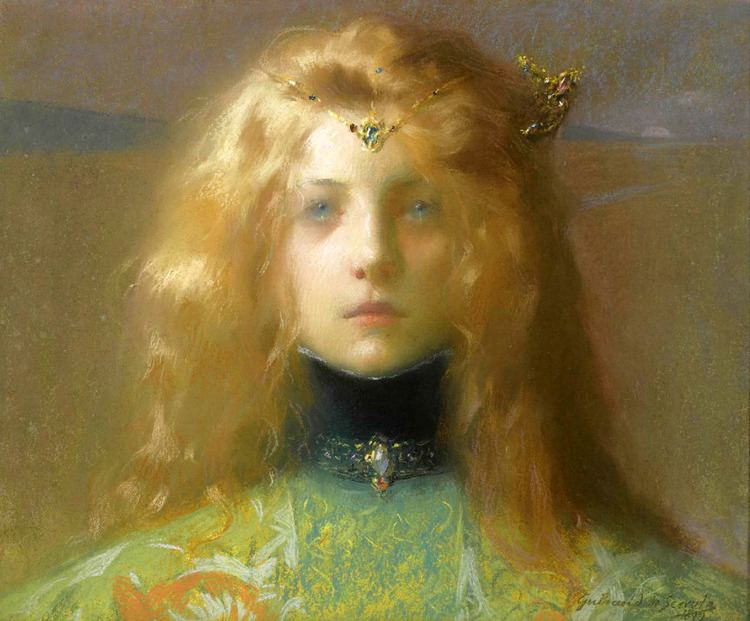Nationality French Name Lucien-Victor de Elected Legion d\'honneur | Movement Symbolism Known for Pastel painting | |
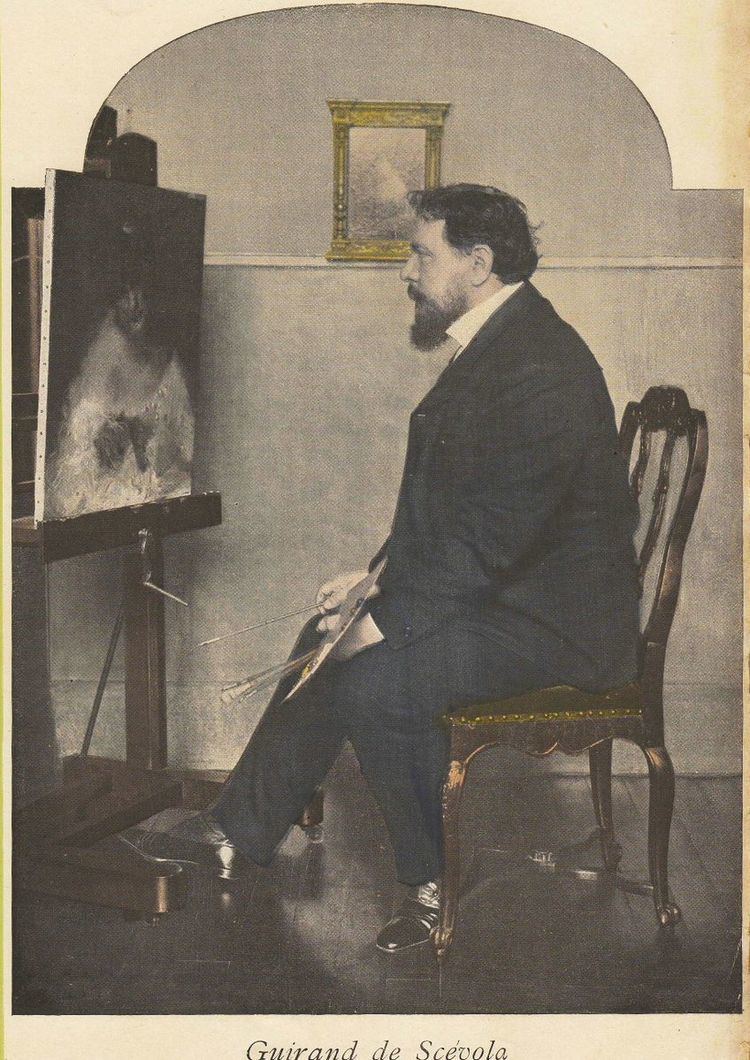 | ||
Education Ecole des beaux-arts de Paris | ||
The Dreamy Art of Lucien Victor Guirand de Scévola
Lucien-Victor Guirand de Scévola (14 November 1871 in Sète, France – 29 March 1950 in Paris) was a French painter. He is known for his pioneering leadership of the Section de Camouflage (the French Camouflage Department) in World War I.
Contents
- The Dreamy Art of Lucien Victor Guirand de Scvola
- Early life
- Pastellist
- Military camouflage
- Works
- Publications
- References
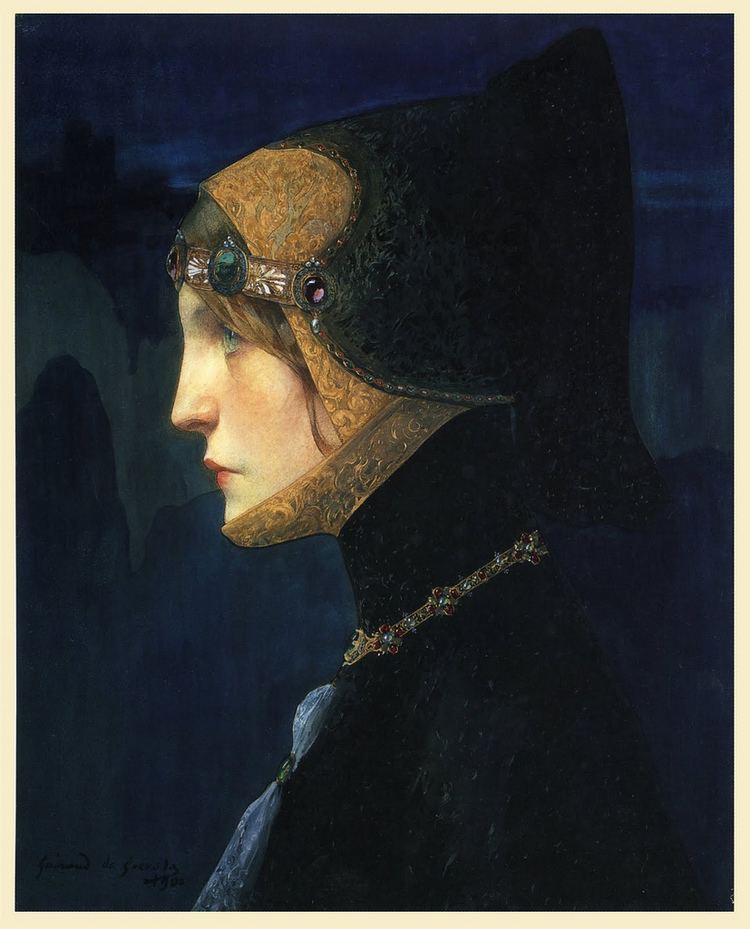
Early life
De Scévola was a student of Fernand Cormon and Pierre Dupuis at the École des beaux-arts de Paris.
Pastellist
De Scévola was a pastellist, remarkable for his silky, velvety and smooth style.
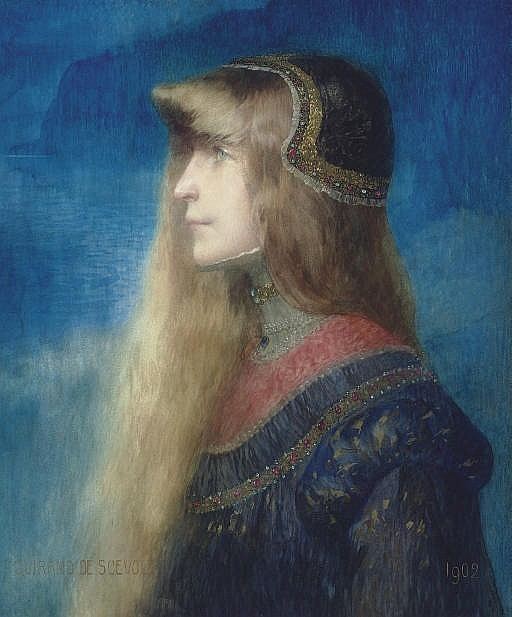
"Making his only aesthetic concern accuracy of the most naked kind" (E. Benézit), he left an extensive body of work including scenes of alcoves, landscapes, flowers and society portraits. However his Symbolist-inspired works are particularly esteemed. He exhibited at the Salon des artistes français.
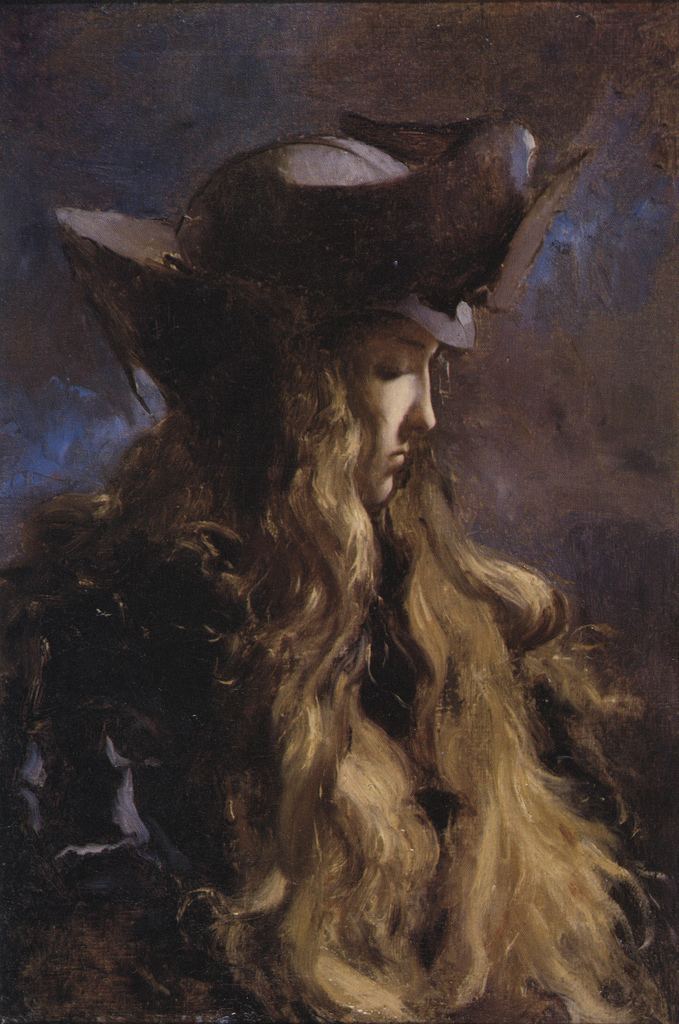
De Scévola was a member of the Société des Pastellistes Français and the Comité de la Société des Beaux-Arts de Paris. He was made an Officer of the Légion d'honneur in 1914, by which time he was known as an elegant society portrait artist.
Military camouflage
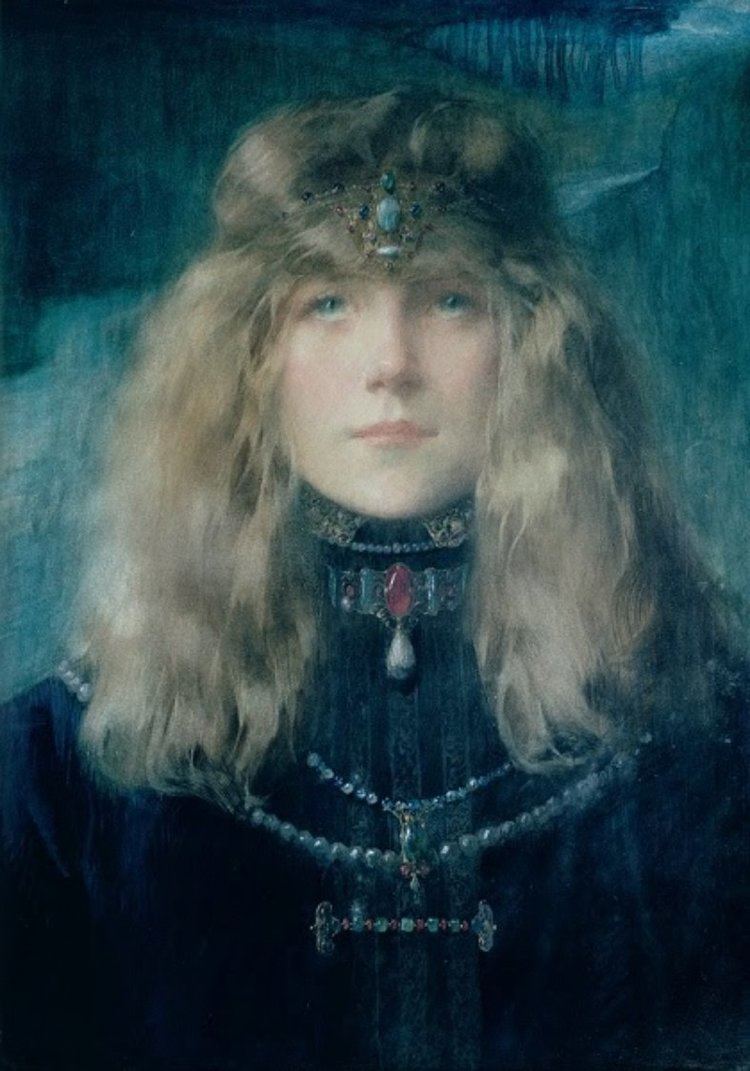
De Scévola is considered one of the inventors of military camouflage during World War I, together with Eugène Corbin and the painter Louis Guingot.
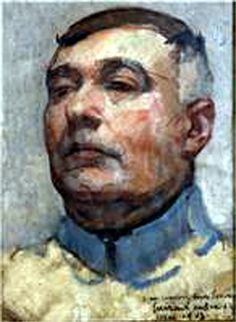
At the start of the war, in September 1914, De Scévola, serving as a second-class gunner, experimentally camouflaged a gun emplacement with a painted canvas screen. On 12 February 1915 General Joffre established the "Section de Camouflage" (English: Camouflage department) at Amiens. By May 1915 the Section de Camouflage put up its first observation tree, an iron lookout post camouflaged with bark and other materials during the Battle of Artois. By the end of 1915, De Scévola became commander of the French Camouflage Corps, employing cubist artists such as André Mare, a specialist in camouflaging lookout posts. By 1917, De Scévola's team had grown to 3000, taking in artists including Jacques Villon, André Dunoyer de Segonzac, Charles Camoin and Charles Dufresne.
Works
"SSNBA" indicates the work was exhibited at the Salon de la Société Nationale des Beaux-Arts.
